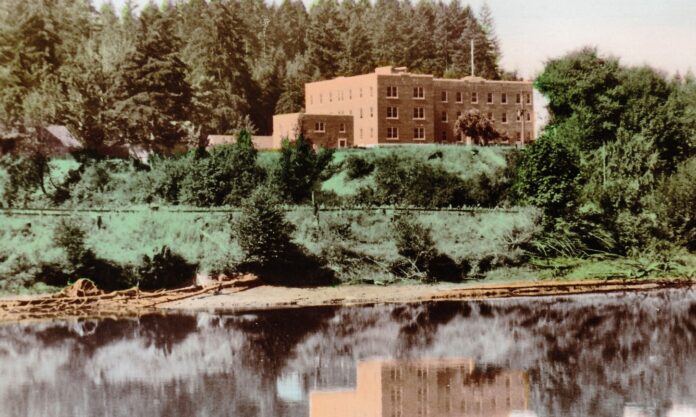WARNING: This story contains details some readers may find disturbing.
There were a total of five ‘Indian Residential Schools’ on Vancouver Island between the years of 1890 and 1983.
As more attention has been placed upon the amount of profound trauma these institutions caused, it has come to light that there are a total of 202 known deaths at Vancouver Island Residential Schools.
However, this number is recently being disputed due to a large number of unmarked graves being discovered around the institutions in question.
Those who survived the residential school systems were subjected to physical and sexual abuse at the hands of their supposed caretakers.
Traumas caused by Indian Residential Schools are still rippling through Indigenous communities across Vancouver Island and the rest of Canada.
St. Michael’s Indian Residential School – Alert Bay
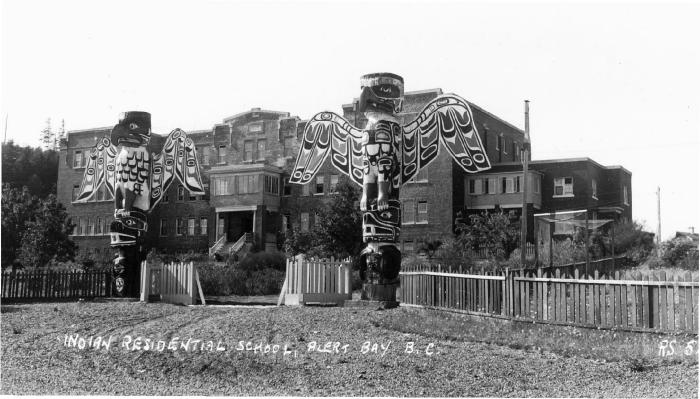
This residential school was operated by the Anglican Church from 1894 to 1974.
That means for 80 years, children were made to give up their cultural identities in and around north Vancouver Island communities and instead were indoctrinated by the church and subjected to abuse.
According to the Indian Residential School History and Dialogue Centre (IRSHDC), in 1947, an incident occurred where around two dozen students ran away from the school.
Following this incident, an investigation was opened which ended with the principal and vice-principal tendering their resignations.
The presumption is that the two figureheads of the school either knowingly or unknowingly allowed horrifying abuse to occur and may have even had a hand in the abuse suffered by the Indigenous students in attendance.
The government assumed control of the institution in 1969 and allowed for it to remain open for another five years.
Kuper Island Residential School – Penelakut Island near Chemainus
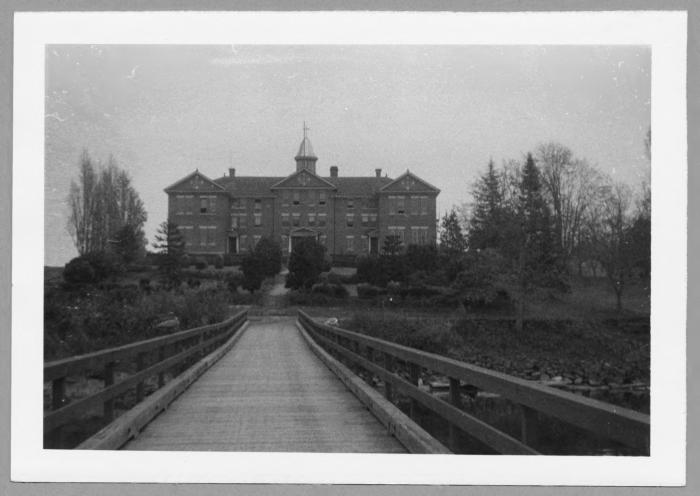
This Indian Residential School was owned and operated by the Roman Catholic Church.
The Kuper Island institution was established in 1890 and housed Indigenous youth up until 1975.
The residential school was situated on Kuper Island which is now known as Penelakut Island, just off the east coast of Vancouver Island near Chemainus.
Just five years after the school opened, students rebelled against their oppressors by setting the school on fire because they had their holidays cancelled, keeping them from seeing their families.
A year after the fire, it was determined through a survey that of the 264 students attending the school, 107 had died.
According to the IRSHDC, two sisters fled the school in 1959 and drowned while trying to swim away from the island and another student committed suicide in 1966.
The government took over the school in 1969 and allowed it to operate for another 6 years, closing the institution in 1975.
In the years since its closure, an investigation was opened to analyze reports of abuse at the hands of one teacher in particular.
In 1995, the former employee in question pled guilty to three charges of indecent assault and gross indecency.
Christie Indian Residential School – Meares Island near Tofino
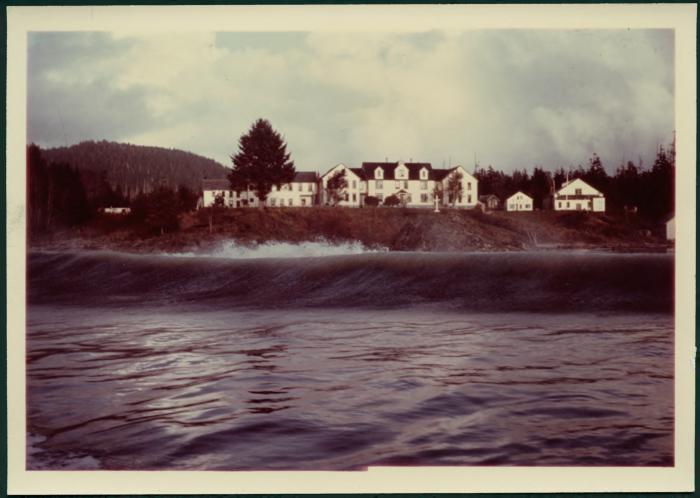
The Chistie Indian Residential School was the second institution the Roman Catholic Church was responsible for on Vancouver Island and it was in operation from 1900 to 1983.
This institution was known for its overcrowding which would be a contributing factor that led to several students’ deaths.
According to the IRSHDC, six children are documented as to have died of tubercular meningitis between 1939 and 1941.
It is also known now that during the 50s, a maintenance worker sexually abused at least one student.
The school was closed in 1971; however, students were not permitted to go home, instead they were transferred to the Christie Student Residence in Tofino.
The residence was transferred to the West Coast District Council of Indian Chiefs in 1974 who would eventually shut down all operations in 1983.
Alberni Indian Residential School – Port Alberni
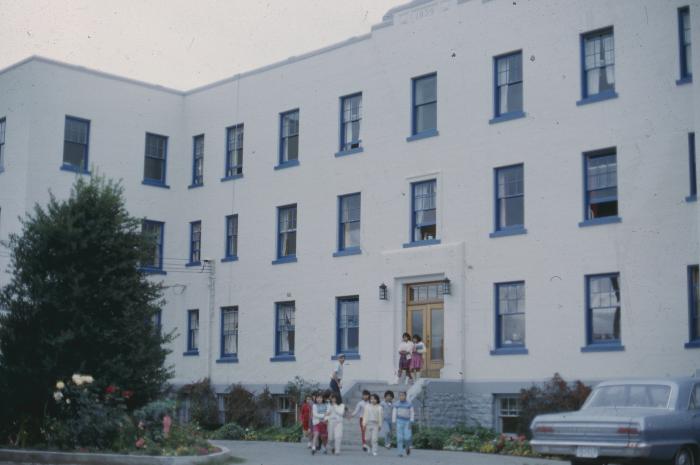
This was one of two Indian Residential Schools run by the Presbyterian church, although it was run by the United Church for some of its history. It was in operation from 1892 to 1973.
It began as the ‘Alberni Girls Home’ housing young Indigenous girls before being taken over by the United Church in 1925.
This particular residential school was destroyed by three separate fires and rebuilt after each incident — the fires took place in 1917, 1937 and 1941.
In the 60s, the West Coast Council of Indian Chiefs petitioned and campaigned to have the school shut down claiming that children who were in need of aid were being dumped into the institution.
They were unsuccessful in their campaign.
In 1975 the school would eventually close down, then 20 years later, a former supervisor was finally charged in allegations of prolific patterns of abuse.
The supervisor in question worked at the school from 1948 to 1968 and was convicted of 18 counts of indecent assault against Indigenous students.
He was sentenced to 11 years in prison just shy of 30 years after the assault took place.
In early 2023, 17 unmarked graves were discovered around the site of the former Alberni Indian Residential School.
Ahousaht Residential School – Flores Island near Tofino
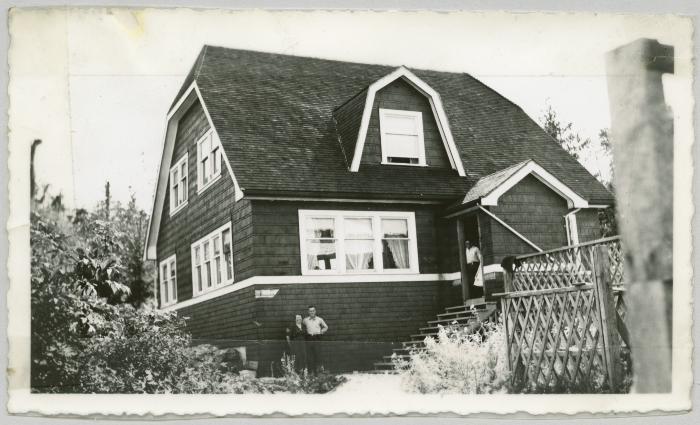
This was another residential school that was operational near Tofino from 1895 to 1940, but this institution was operated by the Presbyterian church.
Like the Alberni Residential School, the United Church took over operations in 1925.
This school was run by the church but received a large amount of their budget from federal government funding.
Like many other residential schools, it was not allowed to speak dialects of the various First Nations in attendance here.
According to the IRSHDC, it was an offence to speak either Chinook or Siwash. These infractions would often lead to some form of abuse at the hands of the teachers and supervisors at the school.
In 1936, the institution was inspected and the resulting report found that every staff member in the institution carried a “strap” and the sentiment that the children “never learned to work without punishment,” was common among the faculty members.
This school was also set ablaze in 1940. Following the fire, the United Church decided to replace it with a day school in June of that year.
Those are the five Indian Residential Schools that operated on Vancouver Island, but across BC there were 18 and in Canada as a whole there were 130.
To this day, more evidence is still being uncovered about the atrocities that occurred in these institutions designed commit genocide of a myriad of unique cultures and First Peoples’ histories.
With the third annual National Day for Truth and Reconciliation coming up on Saturday, September 30th, the details of how our own communities were and continue to be impacted by the Indian Residential School system are important to be familiar with.
For more information on Residential Schools, visit the National Centre for Truth and Reconciliation or Victoria Orange Shirt Day Society online.


